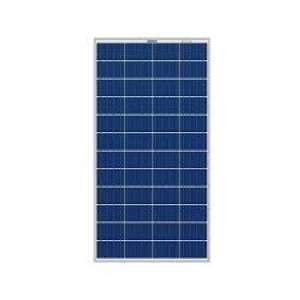
Polycrystalline silicon (polysilicon or multicrystalline silicon) is a widely used material in various industries, most notably in solar energy and semiconductor manufacturing. Unlike its single-crystal counterpart, polysilicon is characterized by a structure composed of numerous small crystals, each with a slightly different orientation. This characteristic gives it distinct properties, advantages, and disadvantages compared to monocrystalline silicon.
Key Features and Properties:
Applications:
Advantages:
Disadvantages:
Conclusion:
Polycrystalline silicon provides a compelling balance between performance and cost, making it a vital material in the solar energy industry and a significant component in various semiconductor applications. Its cost-effectiveness and readily available supply contribute to its widespread use in addressing global energy demands and technological advancements. The choice between polycrystalline and monocrystalline silicon often depends on the specific application and the prioritization of cost versus efficiency.